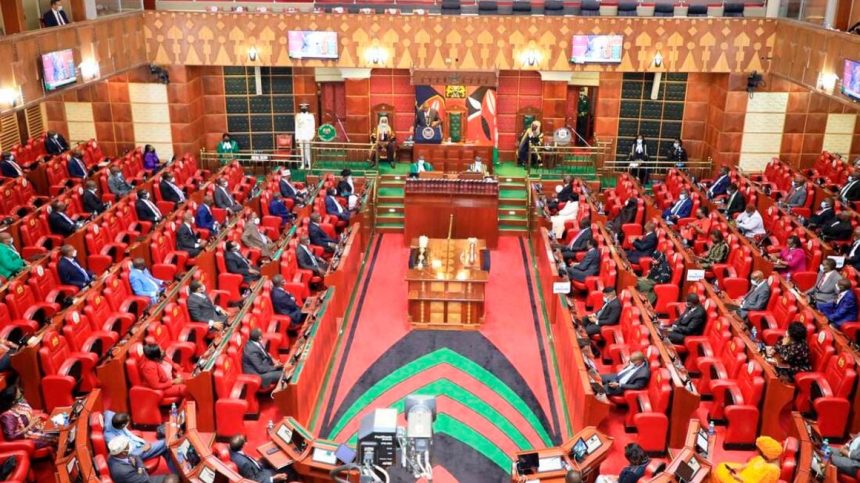Members of Parliament have called for a fresh audit of cash surpluses parastatals hold as the government digs deeper for additional revenues to fund a bigger budget.
In new disclosures, the National Assembly Committee on Finance and National Planning noted a high number of these entities hold excess cash from the past without the knowledge of the exchequer.
“The committee noted that a number of State-owned entities under the State Department of economic planning are holding cash surpluses in their bank accounts from the previous financial years and it’s not clear whether necessary disclosures to the National Treasury are done,” the committee stated at a forum of the budget and appropriations committee.
The committee has subsequently asked the National Treasury to provide a detailed report by September 30 to the finance committee on the surplus funds the entities held as of June 30.

The fresh audit follows recent proposals by the National Assembly Committee on Privatisation to have all ministries, departments and agencies use a single Treasury account to ease the collection of surplus cash.
The proposal would give the exchequer unfettered access to billions the entities hold.
The move to mop up excess cash in the parastatals is expected to partly ease liquidity woes at a time the country is grappling with huge debt service obligations.
The new Kenya Kwanza administration has seemingly borrowed a leaf from the previous regime by going after idle cash.
In November 2019, the then Treasury Cabinet Secretary Ukur Yatani directed all State agencies to surrender surplus cash.
After the directive, the Treasury netted Sh78.5 billion in non-tax collections, including surplus cash between July and December to realise a near two-fold growth against the preceding year.
In the financial year that ended June 30, 2021, 451 State corporations, semi-autonomous government agencies and public funds held Sh84.5 billion in surpluses from Sh88.8 billion previously.
The surpluses are comparable to profits by the State-owned entities and represent the balance between their revenues and expenses after tax.
They draw their revenues from transfers and grants by ministerial and State departments and from the sale of goods and services while the bulk of their expenses covers wages and the use of goods and services.
At the end of June 2021, the Central Bank of Kenya held the bulk of surpluses at Sh37 billion.



